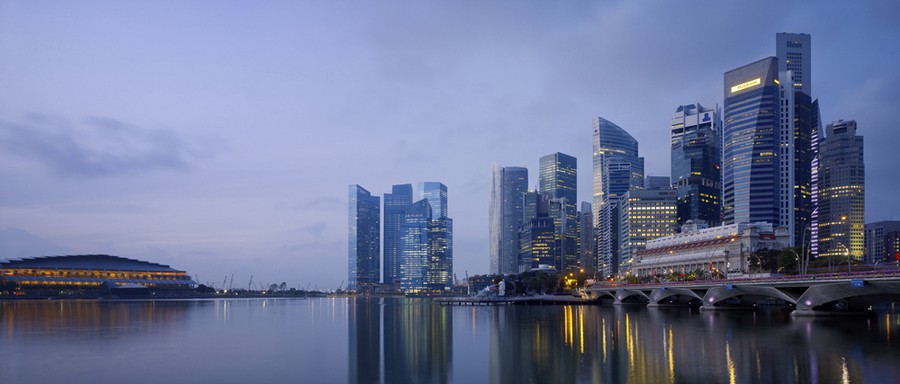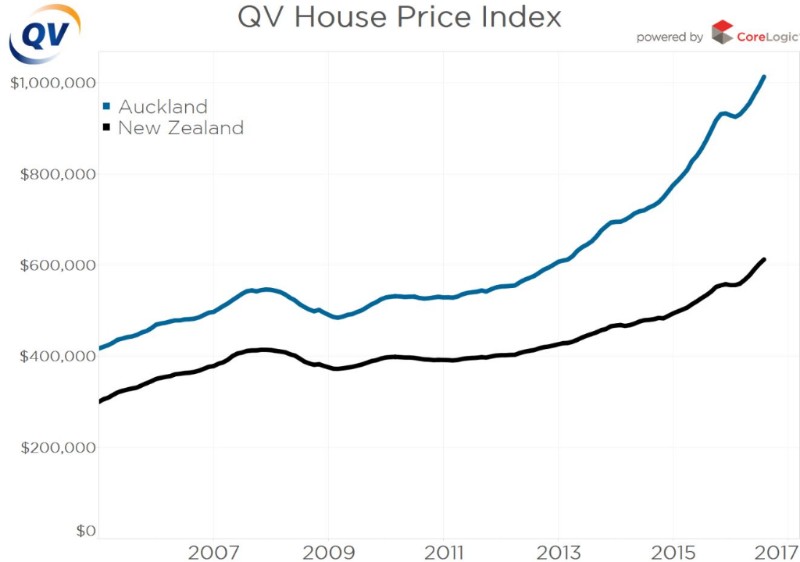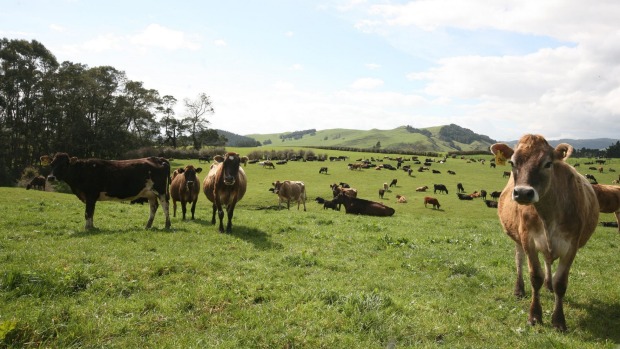I had always believed that Singapore was a model where there was little poverty and not much inequality. It is commonly cited as one of the more ‘georgist’ places in the world in terms of them shifting burdens on land, socialising its value and untaxing labour and capital.
But there are myths about the “Singaporean miracle”. In the absence of any constraint on the movement of global capital, any billionaire can set up residence and tap into the low tax regime. And they do. High net individuals and multinational corporations hide their wealth there. The tax benefits include a 20% top income tax, and a 17% top company tax. Even New Zealand has a billionaire living there – Richard Chandler.
We have insisted that both the land issue and money issue need to be addressed together, not separately, and Singapore is a clear example of what happens when you do one but not the other. The late Adrian Wrigley of the Systemic Fiscal Reform in Cambridge said, ‘If we just have resource taxes including land tax, where people pay for the privilege of monopolising their part of the commons, but have no monetary reform then money will concentrate with banks. Banks will row the economy between easy money and tight money causing booms and busts. They will put up interest rates for ‘riskier’ loans. They buy patents, radio spectrums, copyrights and trademarks.’ They bribe governments.
Whether Singapore, a country of 5.5 million, has done all this I don’t know, but it is a low tax regime and it certainly featured in the Panama Papers. It has even been labelled as a tax haven. For example, companies like TrustNet, now headquartered in Singapore, has branch offices in 16 other locations. It describes itself as a ‘one-stop shop,’ employing lawyers and accountants who help “high net worth” clients manage their money and business activities. The main product it sells is secrecy. It is easy to set up a company because only one shareholder and one director is needed. There is no need to disclose the beneficial owners of Singapore corporations to the authorities. Hopefully the international crackdown on tax sheltering will do something to change it, but given the nature of the tax regime in most countries, I can’t see much hope. They haven’t yet understood it is better to rely on land as a source of income, as land will not get up and walk away.
Big Australian mining companies have large workforces in Singapore. BHP has more staff there than its Melbourne headquarters. There are about 600 employees and 400 contractors in Singapore. Apart from being a marketing hub, it also has its business information systems based there. Rio Tinto employs more than 300 staff in Singapore. Companies such as Google, Apple, Microsoft, BHP Billiton and Rio Tinto have all admitted in hearings as part of the Senate inquiry into corporate tax avoidance that they are under audit by the ATO for their use of Singapore ‘marketing’ and ‘service’ hubs, where they route hundreds of millions of dollars of income.
So I wonder about Singapore. Could it be a perfect example of what Adrian warned? While 90% of the land is now government owned, the banks have too much power.
Singapore is not just banking hub, it is shadow banking hub. There are about 125 commercial banks in Singapore, only five of which are local. Although banks lend a lot of money into existence in Singapore and their loans go towards construction of capital, rather than simply bidding up the price of land (as we see in Auckland, for example), that is not all that banks do. They sell derivative contracts over the counter – bets on interest rates or other securities. Derivatives leverage up money creation up to 100 or more times. Trading in derivatives contracts happens round the clock. Singapore is a leading global commodities hub with 14,000 people employed and annual turnover of some US $1 trillion in the commodities sector.
The majority of people who live there find Singapore is an extremely attractive place to live and operate from. It is safe, clean, and green with superb infrastructure. The unemployment rate in Singapore is just 1.9% (June 2016), down from 6% in 1986. Bear in mind though, the definition ‘employed’ includes those employed part time, probably as little as an hour a week.
Unlike New Zealand they don’t have a Universal Superannuation. Many of Singapore’s elderly didn’t save enough while working, but they live longer. Some were born when there was no access to education. What’s more, the Singapore language policy marginalised many of them only able to speak languages other than Mandarin and English. While the cultural norm of caring for the elderly seems to have almost vanished, the government still argues that children should take care of their parents. Many elderly are on the government allowance of $450 a month, reliant on charity for food and health care. Living in tiny apartments as small as 30 square metres, they clean tables at hawker centres, collect cardboard for money, scrub apartment blocks or slog in the hot sun as security guards. Security guards and cleaners are among the worst paid.
In response, there is now a plethora of government assistance, making for growing administrative costs of welfare, when it would have been so much better to have shared their land rents with all their citizens in the first place.
So Singapore can only stop its own rent from being stolen by the global elite; it can’t stop the global elite from setting up shop there and stealing the rent of other places. Local rent-sharing can only raise the local floor. But Singapore doesn’t do enough rent-sharing, hasn’t controlled its banking industry and doesn’t exist in isolation from the global capitalist economy. Hence its inequality.
So maybe we’ve seen only part of the equation. Taking land into public ownership stops private landowners from pocketing land rent, but it doesn’t restore the universal individual right to share the land value. The Singapore government has built great infrastructure and housed almost all its people, but it could easily share the remaining public money with its citizens. The Citizens Dividend enables everyone to collect rent, rather than just landowners. But without democratising the budgeting process, ordinary people are not receiving their fair share.
Singapore has the highest per capita of millionaires of any country. One in six households are millionaire households. The mobility of capital and people across borders means that the borders of the country are constantly being crossed. So it is no good just having one country in the world with land owned by the government while billions of dollars slosh around the globe every hour.
Billionaires can sit in Singapore and draw rent from land in the rest of the world. Aetas Global Markets provides funds for commodities projects. Many international firms are sited in Singapore. Global Capital firms like Knight Frank invest on behalf of what they call Ultra High Net Worth Individuals (UHNWI) in property round the world. Genesis Global Capital appears to choose cities in the early stage of a property boom in Brazil and Germany. The Strait Times reports in March 2016 that the financial services sector is a key driver of Singapore’s growth.
Henry George defined poverty as the ‘fear of want’, the ‘relentless hell waiting beneath civilized society’. He believed that removing this fear would not only help the poor, but transform our culture and society.
Former Singapore resident Zbigniew Dumienski said, ‘The only group that I would consider as poor are the old people with no children. When they worked they didn’t have to contribute towards any retirement scheme (CPF) and might not have accumulated enough money to enjoy a peaceful retirement. This is why you often see old people selling tissues or cleaning tables in Singapore. They do receive some support from the state though, plus many of them own their apartments. In fact, I’ve met income-poor people who would choose to live in a tent/on the streets so that they can live off renting their apartment to other people.’
The situation of the 870,000 foreign workers (Feb 2016) in Singapore is contentious. Many immigrants like the safety and enjoy the food. While it is good if your employer is fair, it is not so good if you are exploited. There are construction workers from India, Bangladesh, China and Nepal and maids from the Philippines, Myanmar and Indonesia who earn much less than an average Singaporean. Some live in dormitory ghettos provided by the government. Migrant workers are not given basic protections such as a minimum wage, standardised working hours and a right to unionise, so this puts a downward pressure on wages, raising inequality. There are reports of maids being ripped off by recruiters, and sometimes being beaten or raped. Live-in nannies are often on 24/7 standby and earn $5 an hour. If they have their passports stolen by their employers they can’t go home. However many eventually earn enough to take back home and live a life with more choices. With 40% of Singapore’s inhabitants being foreigners by 2013, immigration is increasingly becoming a big political issue.
So despite the hope of eliminating poverty, the ugly side of global capitalism is becoming increasingly apparent.






